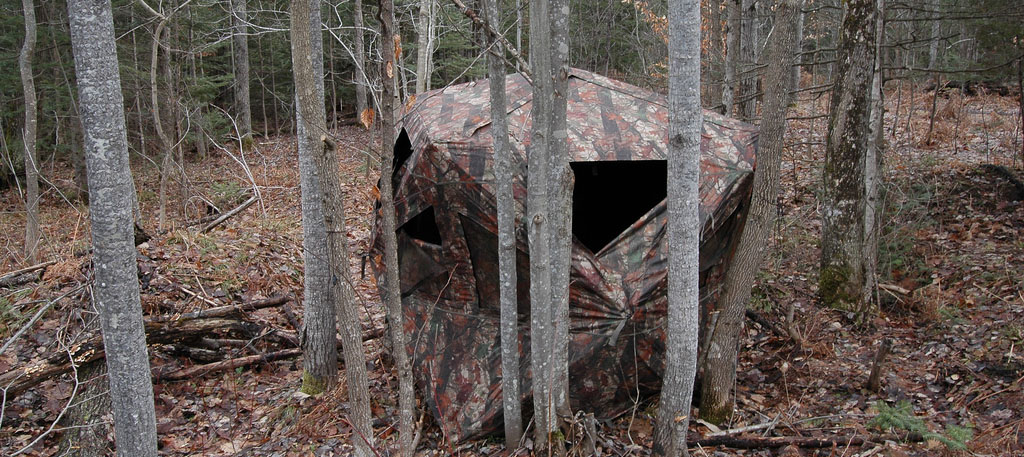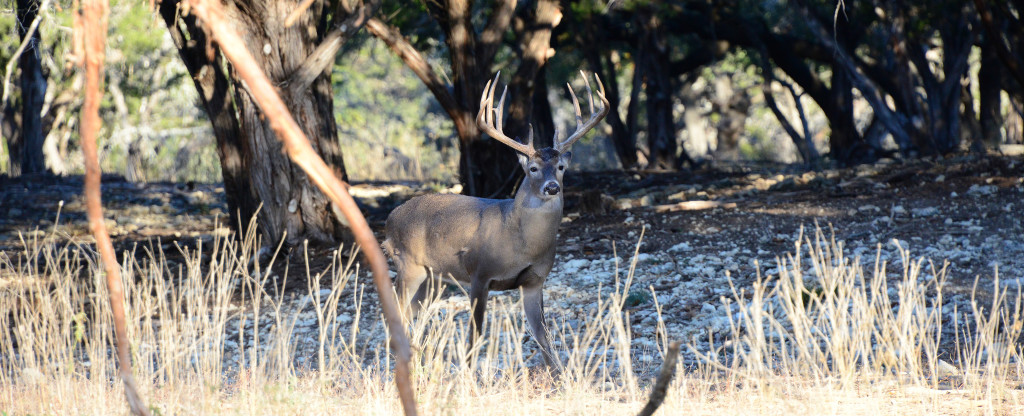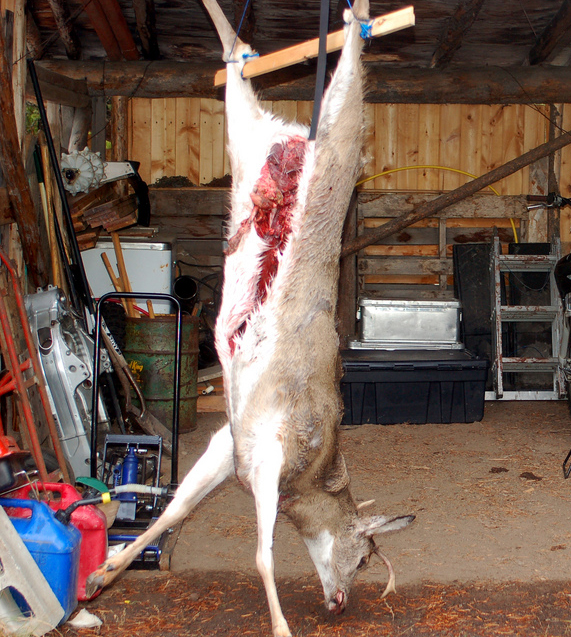Known to be the second fastest land mammal in the world, the pronghorn of North America is a challenge to hunt, to say the least. The meat is good tasting, somewhat similar to both venison and goat. The more a hunter knows about it, the more likely they will be to be able to put one in the freezer.

Description of the Pronghorn
There is a misconception from the very beginning because these fleet-footed animals are often called ‘pronghorn antelopes’. Pronghorns aren’t actually antelopes, though they are related to the antelopes.
Pronghorns are up to five feet long and about four feet tall at the shoulder, which is about the length and height of deer. However, they have legs that are longer and more slender than those of deer and the body isn’t as heavy. An average sized pronghorn buck usually weighs around 150 pound, with the females being about a third less than this.
Both the males and females have horns, though those of the male are larger. As the name implies, the horns have a distinctive branch, making the horns appear as a stout prong. The hair is coarse like that of a deer and is normally sandy-brown. The animals also have a large, quite noticeable white rump patch.
Range of the Pronghorn
 The pronghorn antelope is an animal of the plains, flat-lands and deserts, where there is little to obstruct its tremendous burst of speed. This is their primary means of escaping predators, so while they can sometimes be found in hilly terrain, they are much more apt to be seen on level grasslands and prairies, preferably those that stretch on for miles in all directions. This suits them as they are known for being distance runners. They are second only to the cheetah for speed, among land mammals, and in a distance run, the pronghorn antelope would win easily. This means that the terrain is important for their survival.
The pronghorn antelope is an animal of the plains, flat-lands and deserts, where there is little to obstruct its tremendous burst of speed. This is their primary means of escaping predators, so while they can sometimes be found in hilly terrain, they are much more apt to be seen on level grasslands and prairies, preferably those that stretch on for miles in all directions. This suits them as they are known for being distance runners. They are second only to the cheetah for speed, among land mammals, and in a distance run, the pronghorn antelope would win easily. This means that the terrain is important for their survival.
Most pronghorns are found in the western United States. Areas like the high desert of eastern Oregon and western Idaho are ideal for this animal. These are herbivores, as well, so the grassland serves the dual purpose of giving them food to eat. It occurs from Texas to California and from Northern Mexico to Southern Canada, mostly on the western side of the continental divide.
Pronghorn Traits
The pronghorn is a relatively social animal, often forming herds of four to 20 animals. Occasionally the herds can be much larger, such as when they migrate from one area to another. Pronghorn bucks normally have a harem, which he protects from other males and the does normally give birth to one or two young almost eight months after breeding. From an early age, the babies are quite capable of running. By the time the young are a year and a half old, they are sexually mature and on their own.
Though their bodies are shaped somewhat like that of an antelope or deer, pronghorns are runners rather than being primarily jumpers. Their leaps are designed to cover a lot of ground quickly, so there is little need to be able to jump high into the air. In fact, if a pronghorn comes upon a fence, rather than jumping over it, they will usually climb through it or go under it. This is unusually in as much as deer, elk and bighorns are all most apt to jump a fence.
The pronghorn is also a quite curious animal, even more so than deer. Many hunters, including bow hunters, have successfully brought down a pronghorn by sticking a stake in the ground and attaching cloth to the top, then sitting down in the tall grass. Since a pronghorn has acute eyesight, it will soon see the cloth blowing in the wind and curiosity will drive it much closer in a spiral. When the hunter can hear the animal close-by, he or she can then rise up and take a shot.
Knowing all of this, the hunter knows that to find a pronghorn, he or she should look in flat, grassy places. The knowledge of how curious the animals are can be a great help in luring the pronghorns close enough for a shot. At the same time, understanding how fast they are can prepare the hunter for shooting at a rapidly moving target.
Simply by knowing more about the pronghorn, you can greatly increase your chances of bringing in one of these tasty game animals.
Images by Steppinstars and PublicDomainImages



